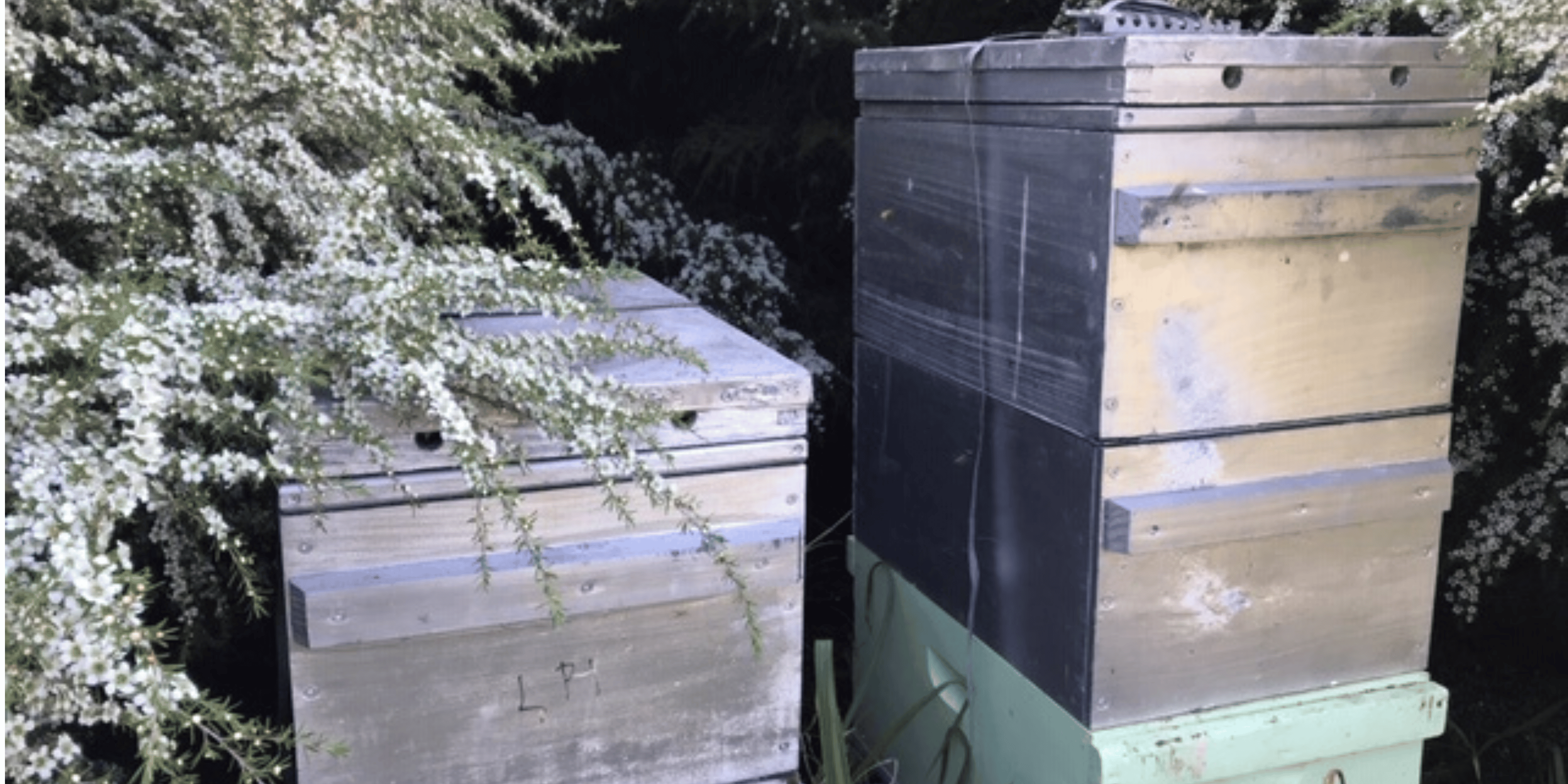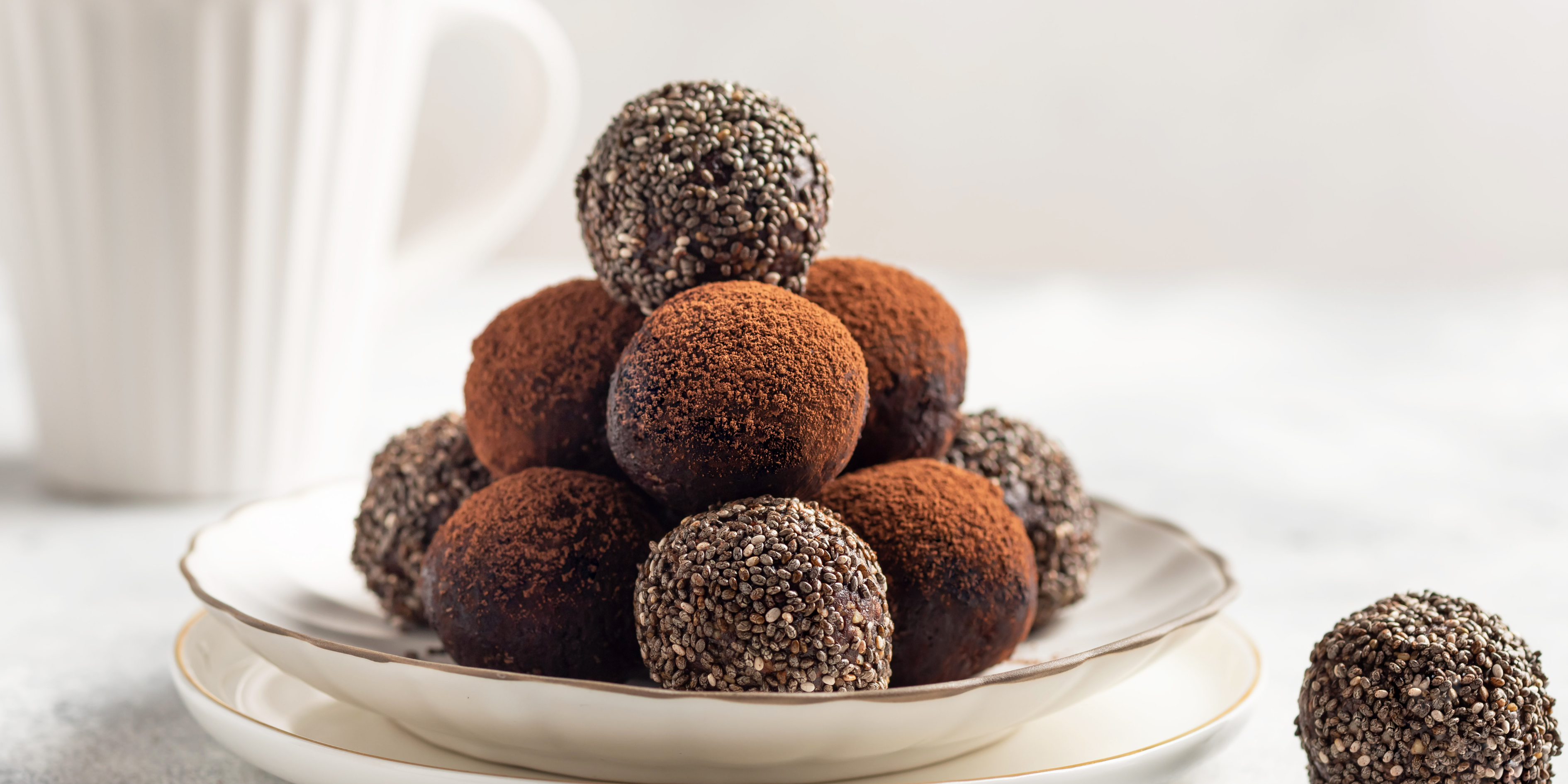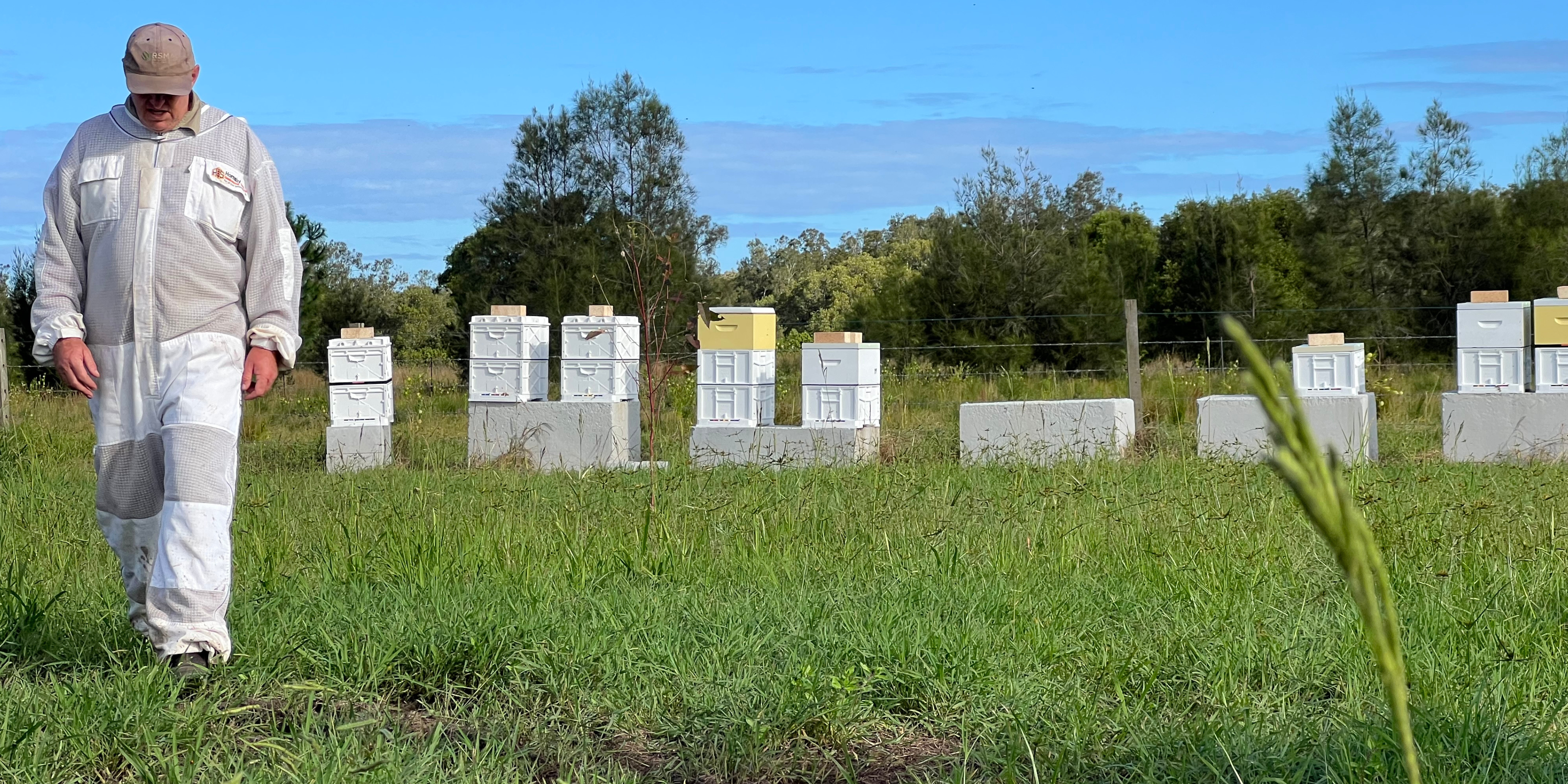
Why grow Australian Manuka Trees on Your Land?
Why grow Australian Manuka Trees? Australian Manuka represents a new opportunity for farmers seeking to diversify their operations and enhance farm profitability.
What Is Australian Manuka?
Australian Manuka honey, sourced from the nectar of specialised Leptospermum trees (not all leptospermum species are equal, Australia has approx 80 species, we have identified 12 bioactive species), recognised for their exceptional medicinal properties, including antibacterial effects, which make it a highly sought-after product in both domestic and international markets.
The production of Australian Manuka honey is dependent on the health of bee populations, as these bees forage from the native Manuka trees, producing honey of superior quality and bio-activity.
High Demand for Manuka Honey
The increasing awareness of the health benefits from Australian Manuka honey is driving the high market demand, resulting in a significant increase in consumer interest worldwide. As consumers increasingly seek natural and organic products, the unique properties of Manuka honey attract considerable attention.
-
Farmers partner with Gather by to leverage niche markets by targeting health-conscious crops. As exports increase, Australian producers can cultivate a strong international reputation.
-
The potential for premium pricing with high MGO Manuka honey diversifies income and farm profitability.
How to Grow Australian Manuka on Your Farm?
At Gather By, we provide support to all growers who enter our Manuka tree MHF Program. One of the major benefits of our program is access to our carefully selected and curated species of Leptospermum which we have tested for bioactivity in producing high MGO Manuka honey.
The selected Manuka tree planting area should feature well-drained soils and be situated in areas where drainage is available to stop water laying around the trees after flood events. .
Manuka grows best in warmer, high rainfall areas for the high MGO Manuka varieties that we provide to our farmers, (ideally suited for NSW and Qld conditions). Not suitable for very cold, dry and hard frost areas in Australia.
The crop requires 2Meg/ha per annum for irrigation, which is essential for the trees to grow and develop, and be maintained during spring, and in extended hot periods or drought. Maintaining consistent moisture levels is particularly vital during the flowering phase, as this directly impacts nectar production, which increases the Manuka honey production and volume and therefore the farm profit.
It is essential to consider several critical factors that influence honey quality, including environmental conditions, floral availability, and the ecosystem surrounding the hives. Manuka Farmers monitor the following:
-
Flora Variety: The diverse plant life in proximity to the hives within a 5km radius, particularly the Manuka plant itself, must thrive to ensure that bees have access to abundant beefodder sources, promoting nectar flows and antibiotic resistance in bees. Our MHF™ model provides for this.
-
Floral Competition: Beefodder assessment to enure that the bees will gather the Manuka when it flowers, not an alternative flowering species
-
Weather Patterns: Stable weather conditions, especially during the blooming season, are crucial as they directly impact pollen availability and bee activity.
-
Sustainable Practices: The implementation of regenerative organic farming methods and the avoidance of harmful weedicides and pesticides not only protect bee health but also enhance the quality of the honey produced.
What is a Medicinal Honey Forest (MHF) and how is it different to a Conventional Manuka Plantation?
In a conventional Manuka plantation, the bees are transported in and out of the site when the Manuka trees are in flower. This is stressful for the bees, as they are territorial in nature and don’t like to be transported. So, Gather By has come up with a model called Medicinal Honey Forests, where we plant from 10- 50% of the plantation in carefully curated high complete pollen beefodder plants, which provides the pollen required for Manuka honey production as well as bee forage for the bees to sustain their populations throughout the year. This reduces the need to move them on, when flowering has finished, or feed them artificially.
As well as providing the pollen for the bees and year round bee forage, this also improves the bio diversity of the site which is better for the environment than conventional Manuka plantations, encouraging more flora and fauna, bringing more life and vitality, and therefore resilience to the system. Bees need a wide variety of flowering plants to forage from in order to maintain and grow healthy populations.
We are also offering a MHF Referral Fee Program - if you successfully introduce a project that joins our program, we will pay you a referral fee, please contact sheia@gatherby.org for further details.



Laisser un commentaire
Ce site est protégé par hCaptcha, et la Politique de confidentialité et les Conditions de service de hCaptcha s’appliquent.